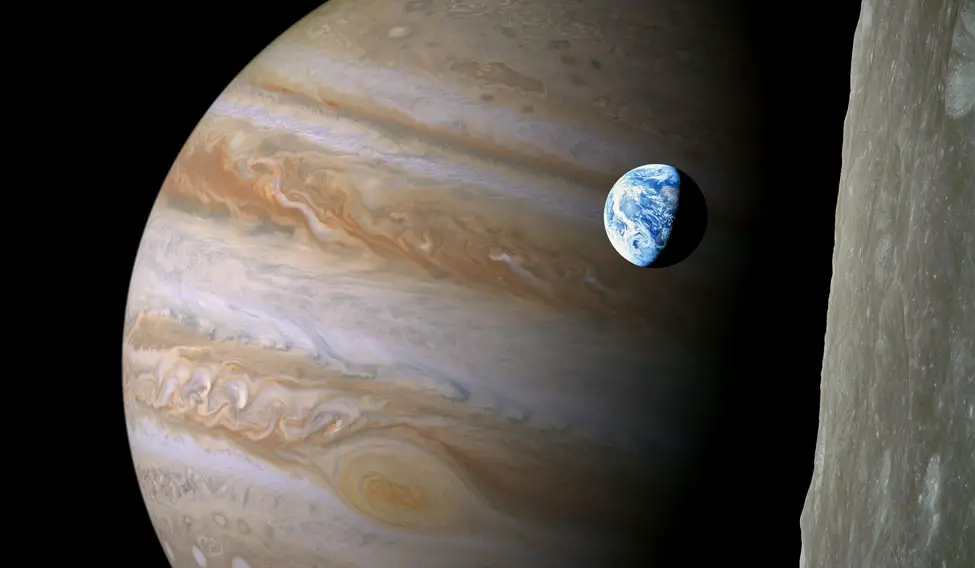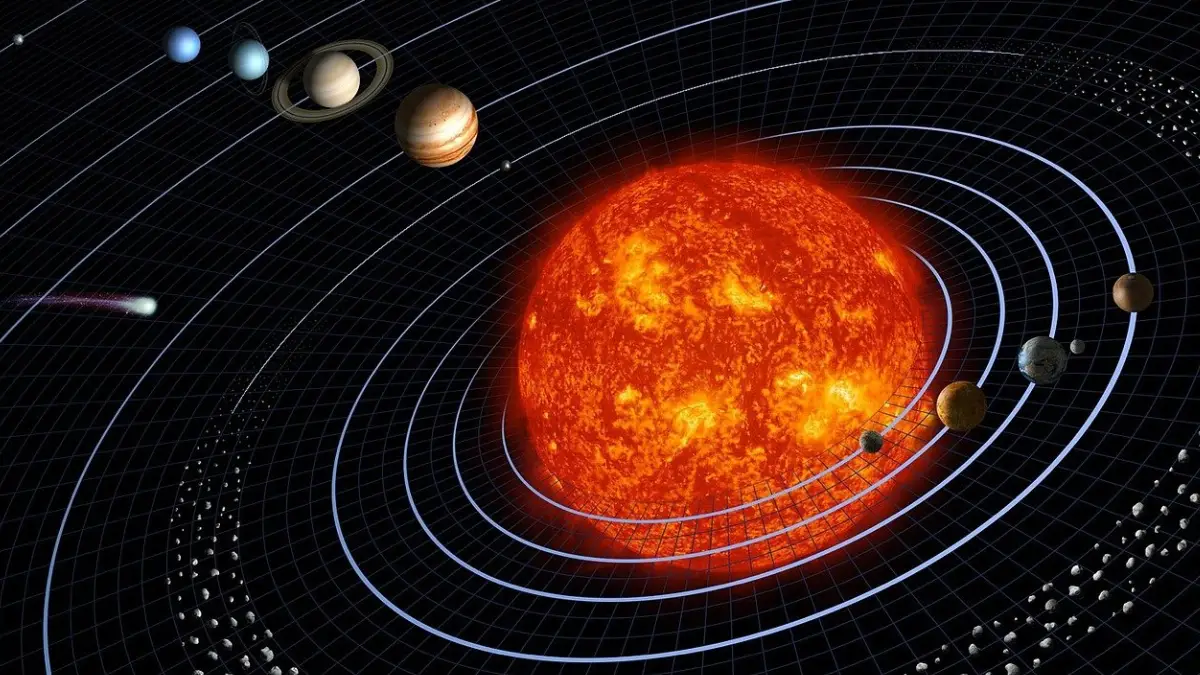NASA radar data reveals a 443-foot deep lunar cave in the Sea of Tranquility.
Key takeaways:
- NASA’s Lunar Reconnaissance Orbiter (LRO) detected a cave beneath a pit in the Sea of Tranquility, which could shelter future lunar explorers.
- The cave, linked to the moon’s deepest known pit, stretches over 130 feet wide and tens of yards long.
- Lunar caves may provide protection against temperature extremes and cosmic radiation on the moon’s surface.
- The discovery highlights the potential for radar data to uncover underground lunar structures for science and exploration.
- Entering and exiting the cave would require significant infrastructure, such as jet packs or lifts, due to its steep and unstable terrain.
__________
Recent radar data from NASA’s Lunar Reconnaissance Orbiter (LRO) has uncovered a cave beneath the moon’s surface, potentially providing a safe haven for future astronauts. This discovery, reported in the journal Nature Astronomy, suggests that lunar caves could protect explorers from the moon’s extreme environment. The cave, located in the Sea of Tranquility where Neil Armstrong and Buzz Aldrin made their historic 1969 moon landing, is connected to a deep pit and could serve as a natural shelter from cosmic radiation and temperature fluctuations.
Radar Reveals Lunar Caves
Lunar caves have been a topic of scientific debate for decades, with researchers speculating they may have formed billions of years ago by volcanic activity, creating hollow lava tubes. In 2012, NASA’s LRO first confirmed the existence of surface pits that might serve as entrances to these caves. However, until now, scientists had no evidence that any of the pits led to such underground structures.
The LRO, launched in 2009, continues to orbit the moon, mapping its surface in unprecedented detail. Over 200 pits have been identified, but the connection between these pits and deeper caves remained uncertain. In this study, scientists examined a pit in the Sea of Tranquility, the deepest known on the moon, using radar images from 2010. The pit measures over 300 feet across, with a floor that lies between 410 and 443 feet below the surface. Researchers found evidence of a cave connected to the pit, which is estimated to be at least 130 feet wide and tens of yards long.
:focal(400x400:401x401)/https://tf-cmsv2-smithsonianmag-media.s3.amazonaws.com/filer_public/82/2f/822fb0dd-f152-4dc2-a855-ce6b8b5f5224/pia13518orig.jpg)
Implications for Lunar Exploration
Lunar caves could be key to establishing human bases on the moon. According to Katherine Joy, a planetary scientist at the University of Manchester, the thick rock ceilings of these caves could offer much-needed protection from extreme temperature shifts and harmful radiation, making them ideal locations for future moon missions. By studying these caves, scientists also hope to learn more about the moon’s volcanic history and find the best spots to build safe, shielded lunar habitats.
However, accessing these caves won’t be easy. The steep slopes and loose debris around the pit’s entrance make it challenging for explorers to descend safely. Robert Wagner, a research specialist at Arizona State University, notes that getting in and out of the cave will require a significant amount of infrastructure.

Still, researchers are excited by the possibilities. Leonardo Carrer, one of the study’s co-authors, expressed his thrill at discovering the cave, calling it “really exciting” to be among the first humans to see it. The team hopes further exploration of lunar caves will provide more insights into both the moon’s geology and its potential for human exploration.
Future missions may involve more in-depth studies of these underground structures, which could reveal the best locations for building secure lunar bases—essential for humanity’s return to the moon and beyond.
Astronauts might need to use “jet packs or a lift” to get out of the cave, Helen Sharman, the first British astronaut to travel to space, says to BBC News.





There are many lava tubes on the moon, Mars and other places – they’re not rare. Pits and lava tubes were first spotted on the Moon in 2009, so not exactly up to the minute reporting. Clearly, lava tubes are a much more reasonable way of building habitats than the pretty glass bubbles popular in SciFi. Prolonged stays will require better shielding from radiation than the bubble would provide.
Lava tubes are also likely to be better areas to explore than the surface. The surface is covered in dust, while the tubes are probably much clearer, making it easier to see things. If we don’t go down the tubes, we’re just scratching the surface.
Mars, too. Caves have an even temperature compared to the surface. That’s because the rock absorbs and releases heat content very slowly. That would be important on a planet that lives at a few degrees above absolute zero when sun is not shining on it. If there’s water on Mars, maybe it would still be found in caves. There are caves in the high deserts of Oregon and California that contain ice formations.